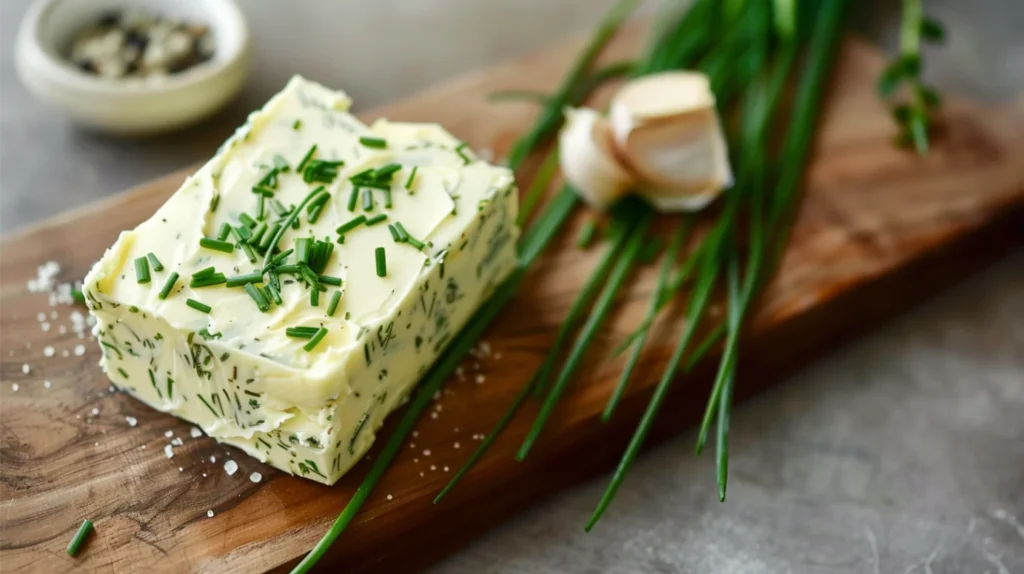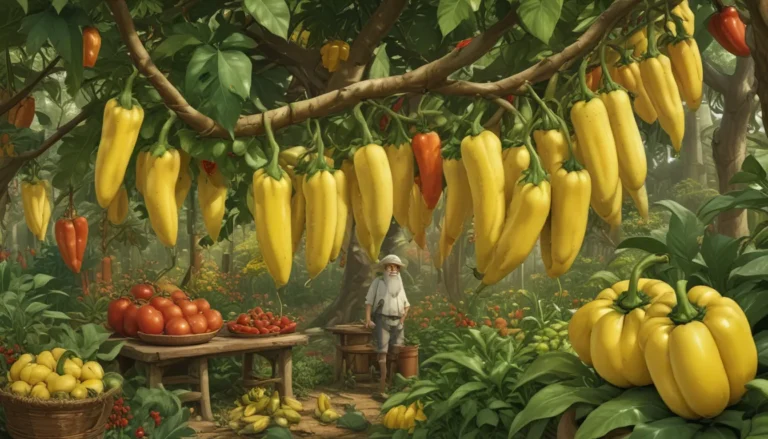Uncover the Magic of Wild Chives: A Guide to Identification, Harvesting, and Recipes

If you’re a food lover or a nature enthusiast, you might have come across wild chives in your adventures. These delicate, green shoots with pretty purple flowers are not only visually appealing but also pack a flavorful punch in culinary dishes. In this guide, we’ll dive into the wonderful world of wild chives, exploring their characteristics, culinary uses, and how you can incorporate them into your kitchen.
What are Wild Chives?
Wild chives, scientifically known as Allium schoenoprasum, are a perennial herb that belongs to the onion family (Alliaceae). They are native to Europe, Asia, and North America, often found growing in the wild near streams, rivers, and damp meadows. These hardy plants can also thrive in rocky terrain and mountainous regions.
Wild chives are characterized by their slender, hollow leaves that grow in clusters from the base of the plant. The leaves are typically dark green and can grow up to 12 inches tall. In the late spring or early summer, wild chives produce beautiful, round clusters of purple or pink flowers that are not only aesthetically pleasing but also edible.
Culinary Uses of Wild Chives

Wild chives have a delicate, onion-like flavor with a hint of garlic, making them a versatile ingredient in various culinary applications. Here are some ways you can use wild chives in your kitchen:
- Garnish: Finely chopped wild chives make an excellent garnish for soups, salads, egg dishes, and potato recipes. Their bright green color and subtle flavor add a fresh and visually appealing element to any dish.
- Infused oils and vinegars: Infuse olive oil or vinegar with wild chives to create flavorful condiments that can be used in salad dressings, marinades, or as a dipping sauce for bread.
- Compound butter: Mix finely chopped wild chives with softened butter, salt, and pepper to create a compound butter. This flavorful spread can be used on top of grilled meats, vegetables, or simply slathered on a piece of crusty bread.
- Pesto: Create a unique twist on traditional basil pesto by replacing some or all of the basil with wild chives. This wild chive pesto can be tossed with pasta, used as a spread on sandwiches, or served as a dip with vegetables.
- Egg dishes: Add chopped wild chives to omelets, frittatas, or scrambled eggs for a burst of flavor and color. They pair particularly well with cheese and other herbs like parsley or dill.
- Potato dishes: Incorporate wild chives into potato salads, mashed potatoes, or even potato soup for a subtle onion flavor that complements the starchiness of the potatoes.
- Herbal teas: Steep fresh or dried wild chive leaves in hot water to create a soothing and flavorful herbal tea. This tea can aid in digestion and provide a calming effect.
Harvesting and Storing Wild Chives
If you’re fortunate enough to have wild chives growing near you, harvesting them is a simple process. Here are some tips for harvesting and storing wild chives:
- Harvesting: Cut the leaves about an inch above the ground using scissors or a sharp knife. This allows the plant to regrow for future harvests. Be sure to leave some leaves on the plant to ensure its survival.
- Cleaning: Rinse the harvested wild chives thoroughly under cool running water to remove any dirt or debris. Pat them dry with a clean kitchen towel or paper towels.
- Storing: Place the cleaned and dried wild chives in a plastic bag or an airtight container lined with a damp paper towel. Store them in the refrigerator, where they can last for up to a week.
- Freezing: If you have an abundance of wild chives, you can chop them finely and freeze them in ice cube trays with a little water. Once frozen, transfer the cubes to a freezer bag for long-term storage. These frozen wild chive cubes can be added directly to soups, stews, or sauces for a quick flavor boost.
Growing Wild Chives at Home
If you don’t have access to wild chives in their natural habitat, you can easily grow them at home. Here’s how:
- Choose a location: Wild chives prefer well-drained soil and full sun to partial shade. They can be grown in garden beds, raised beds, or containers.
- Planting: Plant wild chive seeds or divisions in the spring or fall. Sow the seeds about 1/4 inch deep and 2 inches apart. If using divisions, plant them 4-6 inches apart.
- Watering: Keep the soil consistently moist but not waterlogged. Wild chives are drought-tolerant once established but will benefit from regular watering during dry spells.
- Fertilizing: Apply a balanced, all-purpose fertilizer once a month during the growing season to promote healthy growth.
- Harvesting: Begin harvesting the leaves when they reach about 6 inches tall. Cut them an inch above the ground to encourage regrowth.
Benefits of Wild Chives
In addition to their culinary uses, wild chives offer several health benefits:
- Nutrient-rich: Wild chives are a good source of vitamins A and C, as well as minerals like potassium and calcium.
- Digestive aid: The sulfur compounds in wild chives can help stimulate digestion and reduce bloating.
- Immune support: The vitamin C content in wild chives contributes to a healthy immune system.
- Antioxidant properties: Wild chives contain antioxidants that help protect the body from harmful free radicals.
Recipes Featuring Wild Chives
Here are a couple of simple recipes that showcase the delightful flavor of wild chives:
Wild Chive and Goat Cheese Frittata

Ingredients:
- 6 large eggs
- 1/4 cup heavy cream
- Salt and pepper to taste
- 1/2 cup crumbled goat cheese
- 1/4 cup finely chopped wild chives
- 1 tablespoon olive oil
Instructions:
- Preheat the oven to 375°F (190°C).
- In a large bowl, whisk together the eggs, heavy cream, salt, and pepper until well combined.
- Stir in the crumbled goat cheese and chopped wild chives.
- Heat the olive oil in an oven-safe skillet over medium heat. Pour in the egg mixture and cook for 2-3 minutes, until the edges start to set.
- Transfer the skillet to the preheated oven and bake for 12-15 minutes, or until the frittata is set and lightly golden on top.
- Remove from the oven, let cool slightly, and slice into wedges. Serve warm or at room temperature.
Wild Chive Compound Butter

Ingredients:
- 1/2 cup unsalted butter, softened
- 1/4 cup finely chopped wild chives
- 1/2 teaspoon salt
- 1/4 teaspoon freshly ground black pepper
Instructions:
- In a bowl, mix the softened butter, chopped wild chives, salt, and black pepper until well combined.
- Transfer the mixture to a piece of plastic wrap or parchment paper. Roll it into a log shape and twist the ends to seal.
- Refrigerate the compound butter for at least 30 minutes or until firm.
- Slice the compound butter into rounds and serve on top of grilled meats, vegetables, or bread.
Conclusion
Wild chives are a delightful and versatile ingredient that can elevate your culinary creations with their subtle onion-garlic flavor. Whether you forage for them in the wild or grow them in your own garden, these delicate green shoots offer a world of possibilities in the kitchen. From garnishes to pestos, compound butter to herbal teas, wild chives add a touch of magic to any dish they grace.
So the next time you come across these enchanting herbs, don’t hesitate to pluck a few leaves and experiment with their flavor. Your taste buds will thank you for uncovering the magic of wild chives.





